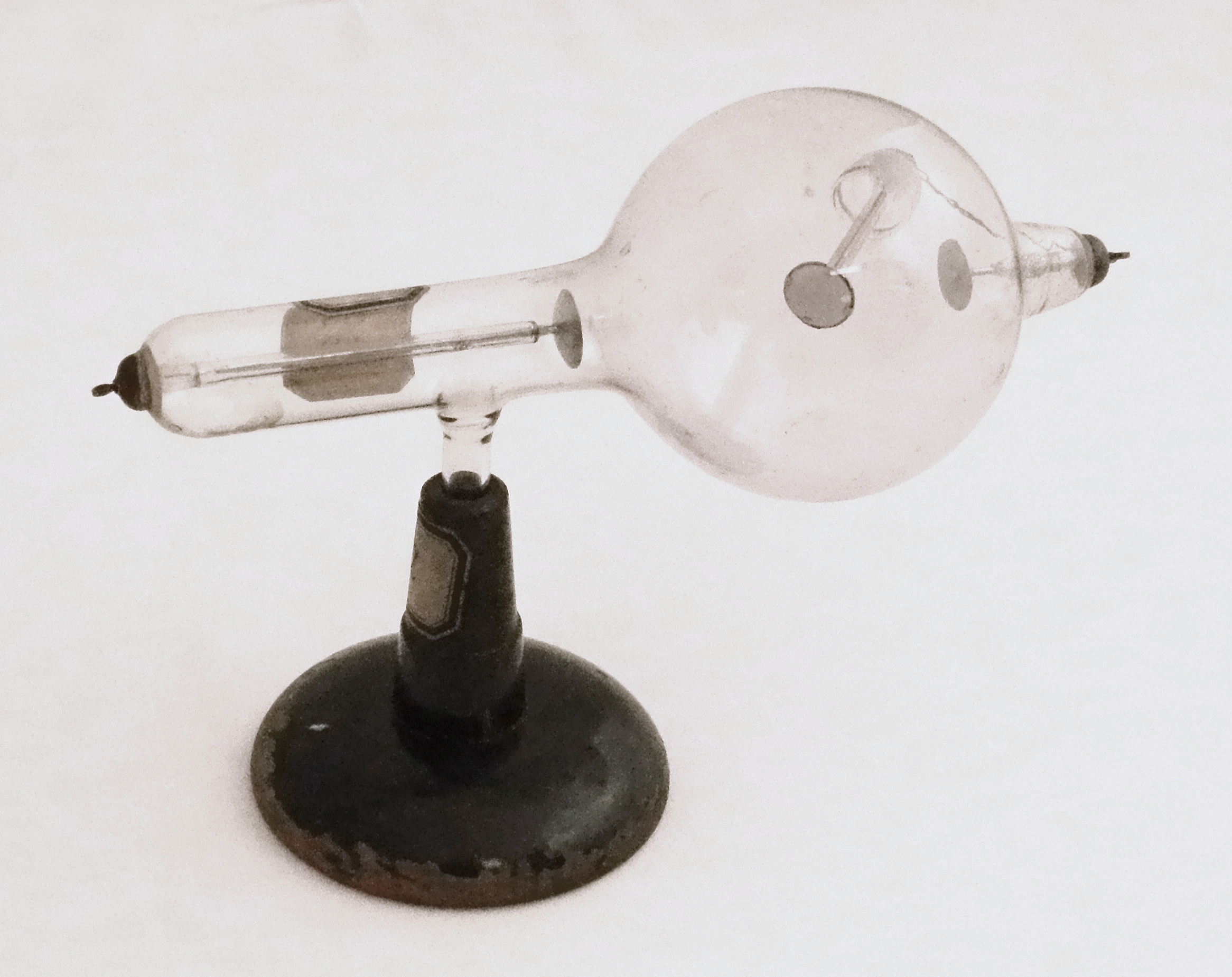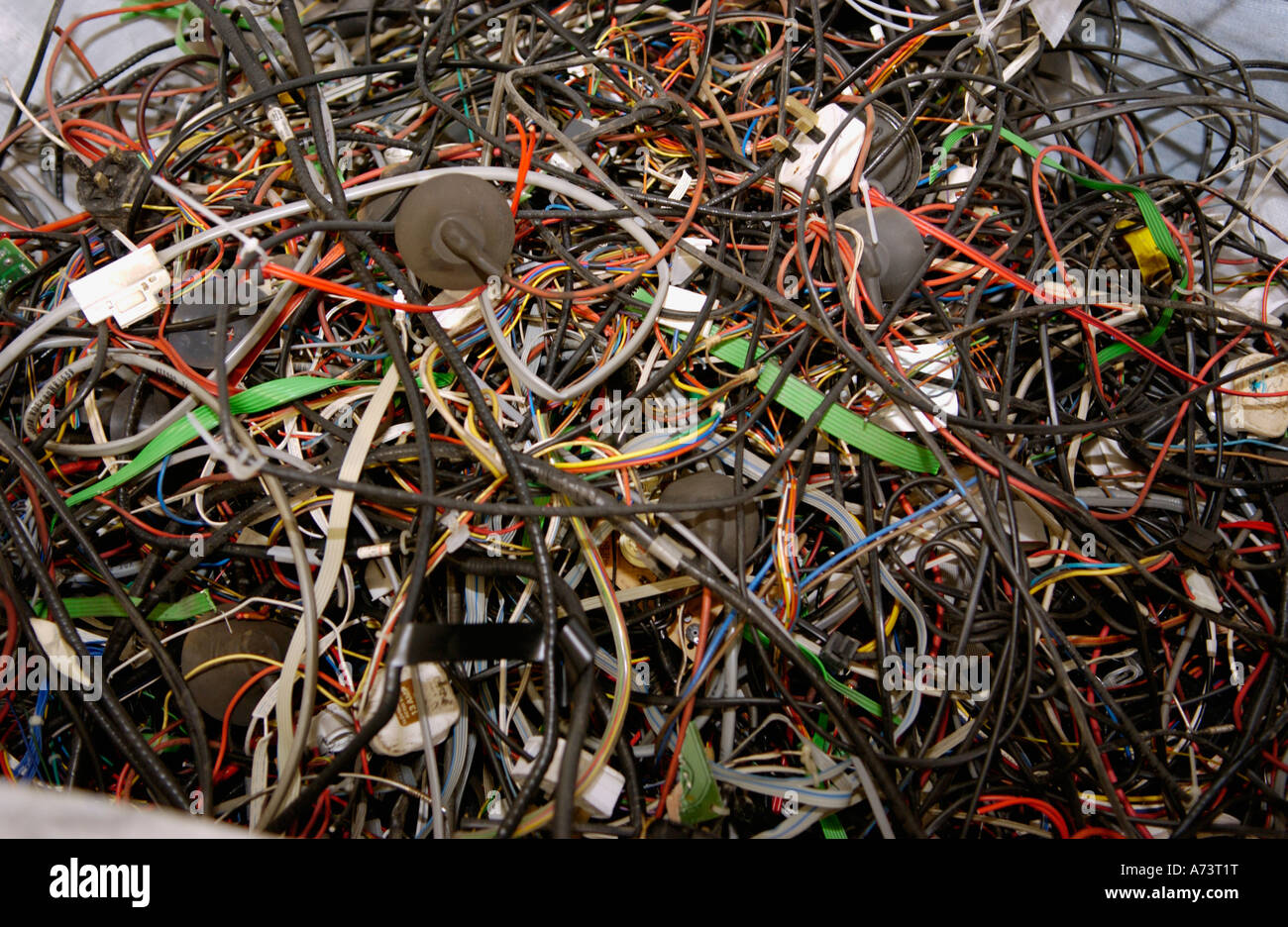
Therefore, this work presents a review of literature reporting on the effects of using waste CRT glass as an alternative replacement of natural aggregates on lead leaching, water absorption rate, and alkali-silica reaction (ASR). Researchers suggest that the use of waste CRT glass as a construction material could be a viable solution to prevent leaching of lead to the environment and at the same time preventing natural resources from extinction. The non-biodegradable nature and hazardous substances in waste CRT glass increase the severity of the problem. Louis, MO, 63132Ĥ700 Millenia Blvd.The increasing amount of waste cathode ray tubes (CRTs) due to the development of the electronic industry is a global problem. The Willard, 1455 Pennsylvania Avenue NW, Suite 400, Washington, DC, 20004ġ033 Corporate Square Drive, St.

Flower Street, 36th Floor, Los Angeles, CA, 90071ġ650 Bell Ave #100, Sacramento, CA, 95691
#Cathode ray tubes recycle free
Contact us and we will happily pick up your big and heavy CRT free of charge. We offer two convenient options for recycling your CRT monitor or TV. What can I do to protect the Environment?Īll Green is a trusted company for CRT recycling. Responsibly recycling CRTs protects both people and the environment. When CRTs are dumped in landfills or improperly recycled, they slowly deteriorate and release toxins that contaminate the soil, water and air. Lead toxicity can cause irreversible neurological damage and renal disease. Lead has a very negative effect on the environment and people’s health. The circuit boards contain trace toxic metals such as lead and trace hazardous materials like mercury.

Specifically, the CRT’s panel, funnel, neck and solder glass all contain lead. Which CRT Materials harm the Environment?ĬRT glass contains enough lead to be considered a hazardous waste by the federal government. As an added bonus, customers may be paid for certain valuable materials and parts salvaged from the CRT. CRTs also contain precious and semiprecious metals on the circuit board such as gold, silver, tin, lead, and copper. Recycled CRT glass is used for niche products like ceramic tile and X-ray shielding glass blocks. What Type of Materials can be Recycled from CRTs?Ī lot of the plastic, glass and metal used in CRTs can be recovered and recycled. However, locally recycling CRTs allows us to conserve resources while recovering and reusing materials. Other recyclers export their stockpiled CRTs to third world countries to be dumped in landfills. This unfortunately results in enormous amounts of waste being dumped in landfills. According to the EPA, about half of all electronics ready for end-of-life management are CRT monitors and TVs. A normal CRT device can contain up to 90 pounds of glass. It is critical that we avoid stockpiling CRT glass and instead, efficiently recycle them. This has resulted with many other recyclers stockpiling their CRT glass. The demand for CRT glass has dwindled because of the shift from bulky CRTs monitors and TVs to light weight, flat panels.

We are more than willing to recycle CRTs to help customers and protect the environment. Rest assured that we meet the federal guidelines for recycling CRTs. Finally, consumers often find recycling CRTs inconvenient because they are bulky and heavy. This means that they are subject to special restrictions and handling requirements. Even worse, the Environmental Protection Agency (EPA) considers some color CRT computer monitors hazardous under federal law. Now many recyclers choose to store CRT glass instead of recycling it because of rising costs, limited return on interest and lack of economic incentives. Everything changed when the market demand shifted to flat panels. The process for recycling cathode ray tubes (CRT) used to be simple and straightforward.

#Cathode ray tubes recycle tv
A cathode ray tube (CRT) is a bulky component of a TV or computer monitor.


 0 kommentar(er)
0 kommentar(er)
